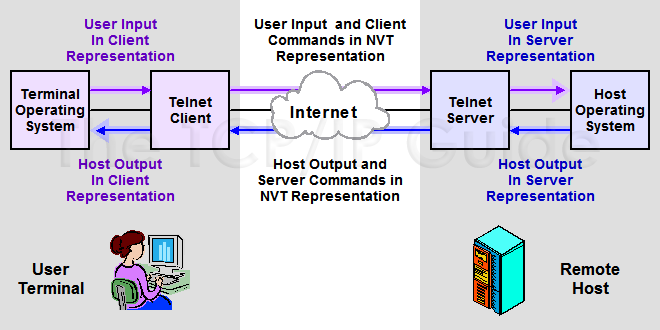
All information you send can, therefore, be intercepted by third parties in plain text, including the login information required for remote access. The latter point, however, presents a high-security risk when combined with a previously unmentioned disadvantage: neither the connection setup nor the data transmission is encrypted when the Telnet protocol is used. A further advantage of Telnet is that it allows unrestricted access to a controlled system’s resources if permission has been given. Whether or not the client and server computers rely on the same operating system is also irrelevant. There are only a few devices that do not support the official IETF standard. This versatility is enhanced by the fact that the connection protocol can be used across platforms. For example, with a simple request, you can check the functionality of an HTTP server or (as mentioned earlier) the status of an e-mail server. Since Telnet connections are practically standard TCP connections, the client can be employed to use or test other services that rely on TCP as a transport protocol. The kernel protocol and the basic working methods and extensions are characterized in the more recent standards RFC 854 and RFC 855. It was implemented by most platforms as the official standard of the Internet Engineering Task Force (IETF). But it was only in 1973 that the protocol allowing access to remote computers first received its final specification in RFC 495 (Request for Comments). This protocol can also be used to manage applications that do not have a graphical interface.Īs early as 1969 (during the nine months of work on ARPANET), the development of Telnet (Teletype Network) was practically completed. However, the presentation of the transmitted information differs, depending on the device. The Telnet client, the controlling instance in this process (also referred to as remote access or login), can be installed on a particular device, as well as on an ordinary computer. For this reason, a client-server connection is established as a default via the TCP protocol and port 23, where the remote-controlled device acts as a server and waits for commands. Telnet enables remote control of computers via text-based inputs and outputs.

Telnet is a client-server protocol based on character-oriented data exchange over TCP connections.


 0 kommentar(er)
0 kommentar(er)
